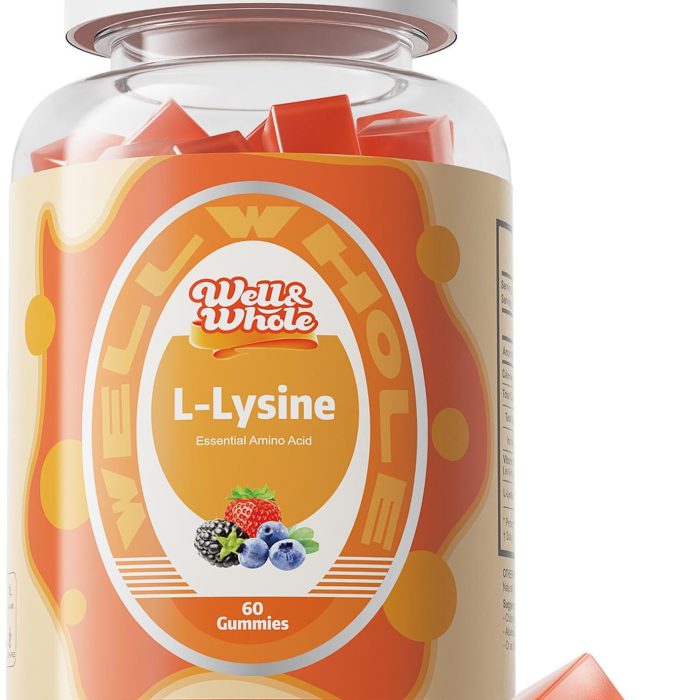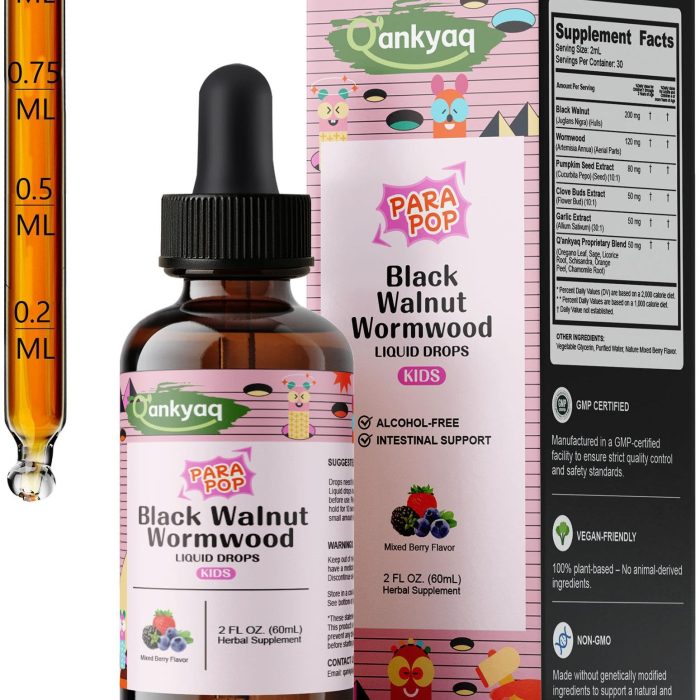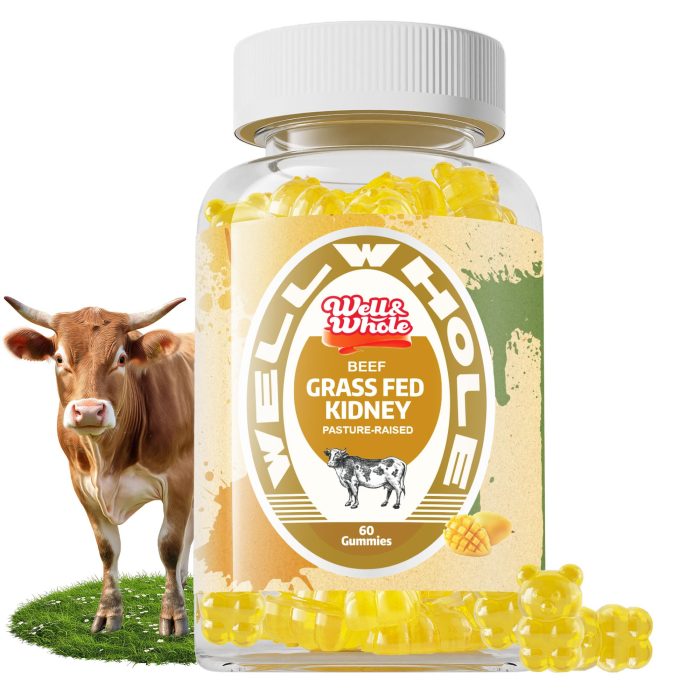Protein Sources: Exploring Nutritional Choices for Optimal Health
Protein plays a critical role in maintaining and repairing body tissues, producing enzymes, and supporting overall health and vitality. As a premium source of essential amino acids, protein is a cornerstone of any nutritious diet. While many people consider meat to be the “gold standard” of protein consumption, the rising focus on dietary variety and sustainability has encouraged deeper exploration into other equally viable protein sources. Here, we address common questions and provide actionable insights to help you make informed choices tailored to your health goals.
Is Meat the Most Reliable Protein Source?
Many individuals believe that meat is the single most important source of protein due to its complete amino acid profile. This assumes that animal-based proteins—such as beef, chicken, pork, and fish—are inherently superior to plant-based options. While it’s true that meat offers high protein density and bioavailability, it might not necessarily be the most essential option for everyone.

According to research published by the USDA, a 3-ounce serving of lean beef contains approximately 26 grams of protein, while a similar serving of chicken breast packs 27 grams. However, these animal-derived proteins also come with saturated fats, cholesterol, and environmental considerations that should not be overlooked. Balancing priorities—including personal health, ethical concerns, and sustainability—shows why diversifying your protein intake may be a smarter choice.
Plant-Based Proteins: A Rising Star
With the global surge in health-conscious and eco-friendly lifestyles, plant-based proteins have gained recognition as excellent alternatives. Sources such as lentils, chickpeas, quinoa, and tofu deliver significant amounts of protein while offering fiber, antioxidants, and essential vitamins. For example:
- Lentils: One cooked cup delivers 18 grams of protein and substantial iron, zinc, and folate levels.
- Quinoa: A complete protein, quinoa boasts 8 grams per cooked cup and is rich in magnesium.
- Soy Products: Tofu provides roughly 10 grams of protein per half-cup, alongside heart-healthy isoflavones.
While plant-based proteins traditionally lack one or more amino acids compared to their animal-based counterparts, carefully combining plant foods (like beans and rice) can achieve a complete amino acid profile. This strategy provides comparable benefits without excess saturated fats or cholesterol.
The Case for Balanced Protein Consumption
Optimal protein intake depends on individual factors, including age, activity level, and dietary restrictions. According to the National Academy of Medicine, adults should consume 46-56 grams of protein daily, with adjustments for athletic performance or pregnancy. Instead of focusing solely on meat, consider a balanced approach that combines both animal-based and plant-based proteins for maximum nutritional diversity.
For athletes aiming to increase muscle mass, whey protein supplements—derived from dairy—may offer a faster absorption rate, maximizing results post-workout. Meanwhile, vegan protein powders composed of pea or hemp protein have become go-to solutions for those avoiding animal by-products.
At Well&Whole, we promote a balanced trajectory for enhancing wellness. Our carefully curated selection of supplements and natural protein solutions empowers individuals to meet their nutritional needs without relying excessively on any one type of food. Whether you prefer plant-based protein powders or collagen supplements sourced sustainably, we help bridge nutritional gaps without sacrificing quality.
Protein and Long-Term Health: Is More Always Better?
It’s critical to ensure that protein intake supports—not compromises—overall health. Excessive reliance on red meat, for instance, may increase risks associated with heart disease, obesity, and even certain types of cancer. On the other hand, deficiency in protein can lead to weakened immunity, slower recovery from illness, and reduced muscle strength.
Practical strategies include integrating lean meat, legumes, nuts, and seeds into your diet while moderating portion sizes to avoid overconsumption of saturated fats. Seasonal adjustments—such as prioritizing fish during summer months or incorporating hearty beans in autumn recipes—are beneficial for diversifying both flavors and nutritional benefits.
Your Personalized Protein Strategy
Ultimately, the goal is to fuel your body with proteins that complement your lifestyle and values. Whether you’re a busy professional seeking convenience, a parent crafting family-friendly meals, or a fitness enthusiast sculpting muscles for peak performance, a mix of quality protein sources provides the best path forward.
At Well&Whole, we understand that true wellness demands more than quick fixes. It requires deliberate decisions that align with both short-term health goals and long-term sustainability. Trust us to deliver innovative, science-backed solutions that seamlessly integrate into your daily life—no matter where your protein preferences lie.
By exploring the full spectrum of protein choices available today, you’ll find the perfect balance to maintain health, satisfy cravings, and protect the planet for future generations. Make protein a part of your journey toward holistic wellness, and start tailoring your choices now.








